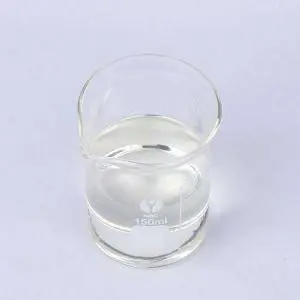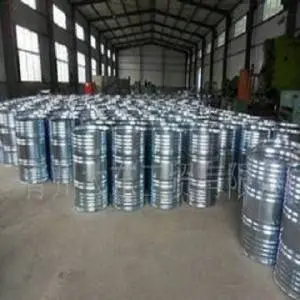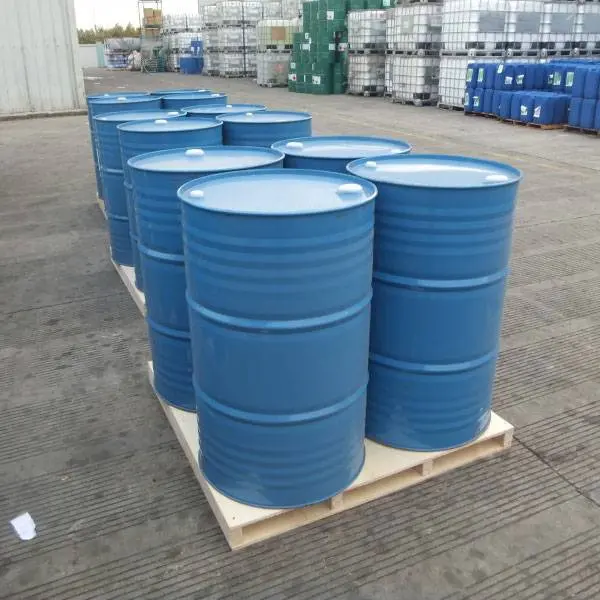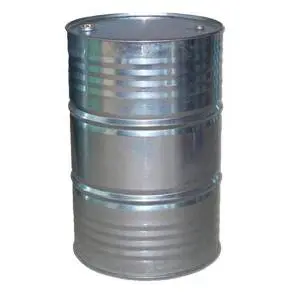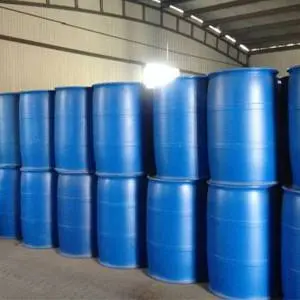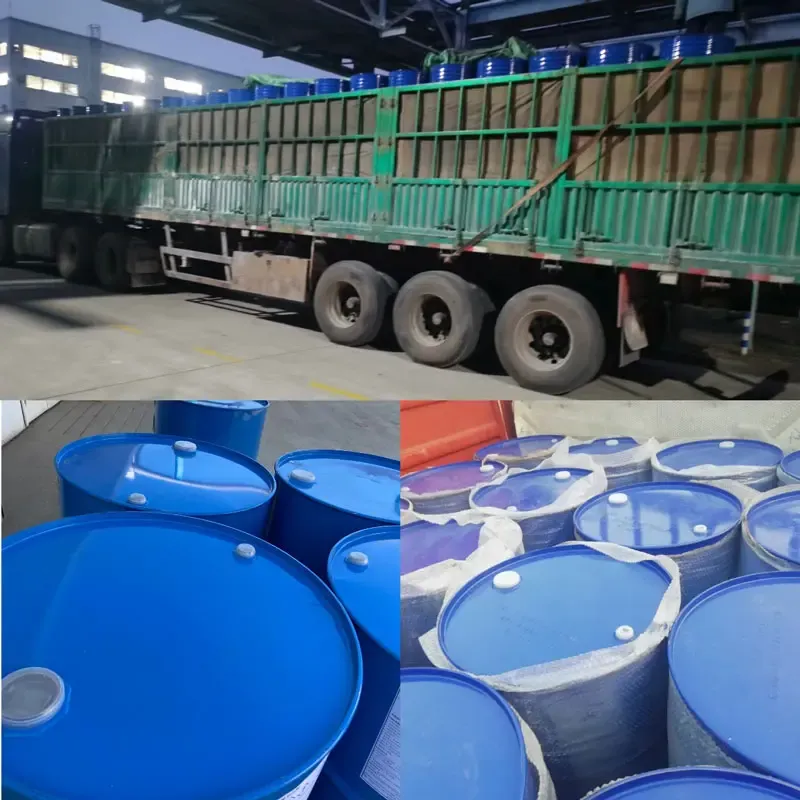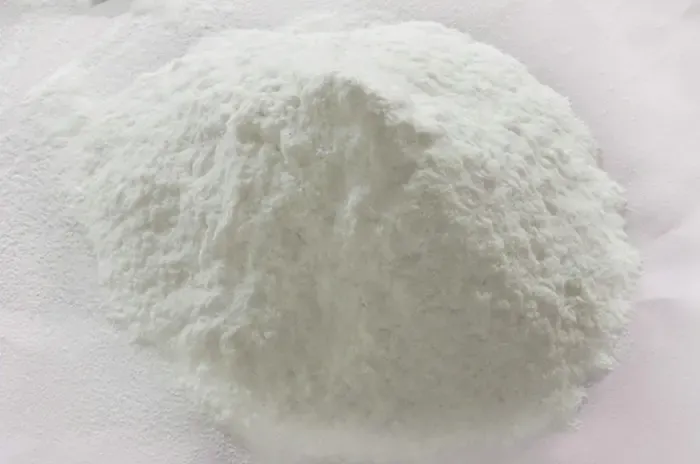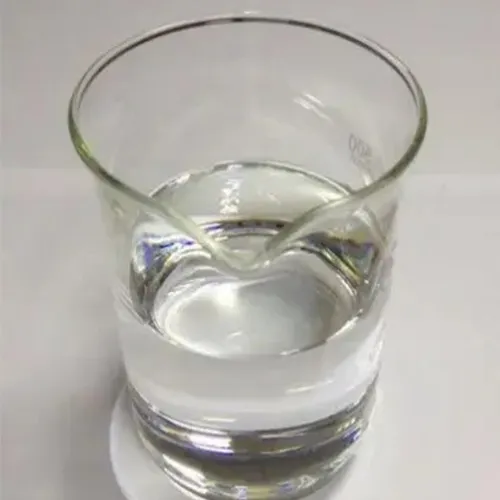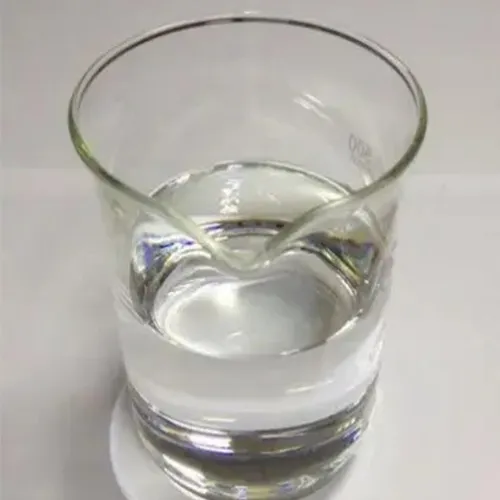Cyclopropyl Methyl Ketone: An Important Organic Synthesis Intermediate
Cyclopropyl Methyl Ketone is an organic compound containing a cyclopropane ring and a ketone group, and its unique molecular structure gives it an irreplaceable position in the field of organic synthesis. As an important synthetic intermediate, its chemical properties provide crucial support for the preparation of various complex compounds.
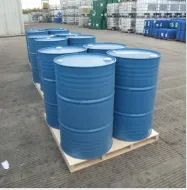
From a molecular structure perspective, Cyclopropyl Methyl Ketone is connected by a ternary cyclopropane ring and a methyl ketone group, which endows it with special chemical activity. The high tension of the cyclopropane ring makes it prone to ring opening reactions, while the polarity of the ketone group enhances the diversity of molecular reactions. This dual structural feature allows Cyclopropyl Methyl Ketone to participate in various chemical reactions such as addition, condensation, and oxidation, providing flexible reaction pathways for constructing complex organic molecular frameworks.
Cyclopropyl Methyl Ketone exhibits distinct physicochemical properties
In terms of physical properties, cas 765 43 5 is typically a colorless to pale yellow liquid with a unique pungent odor. Its boiling point is between 110-115 ℃, and its relative density is slightly lower than that of water. It is easily soluble in organic solvents such as ethanol, ether, and acetone, and slightly soluble in water. In terms of chemical properties, due to the presence of ketone groups, it can undergo condensation reactions with hydroxylamine, hydrazine, etc. to form oximes or hydrazones; At the same time, the cyclopropane ring can undergo ring opening addition reactions with halogens, acids, etc. under certain conditions, exhibiting rich chemical reactivity.
The method for preparing Cyclopropyl Methyl Ketone is mainly based on organic synthesis reactions
The common preparation route for cas no 765 43 5 is to use cyclopropylformic acid as the raw material and react with reagents such as methyl lithium to generate the corresponding ketone compounds; Cyclopropyl Methyl Ketone can also be prepared by oxidation reaction of cyclopropylmethanol, where the hydroxyl group of the alcohol is oxidized to a ketone group under the action of an oxidant, thereby obtaining Cyclopropyl Methyl Ketone. During the preparation process, the control of reaction conditions has a significant impact on the purity and yield of the product, requiring precise regulation of parameters such as reaction temperature, reaction time, and reagent ratio.
Cyclopropyl methyl ketone synthesis is widely used in organic synthesis and related fields. In pharmaceutical synthesis, it is a key raw material for various drug intermediates, which can be used to synthesize compounds with antibacterial, anti-inflammatory and other biological activities, providing important support for the development of new drugs. In the field of pesticides, its derivatives can be used as intermediates in the preparation of insecticides and herbicides, which helps to improve the efficacy and stability of pesticides. In addition, in the field of fine chemicals, it can also be used to synthesize products such as fragrances and dyes, and can provide assistance for the synthesis of new functional materials in materials science research.
When using and storing Cyclopropyl Methyl Ketone, safety precautions should be taken
This substance has a certain degree of irritation and may cause allergic reactions when in contact with the skin. Inhaling its vapor can irritate the respiratory tract, so protective gloves, goggles, and gas masks should be worn during operation. When storing, it should be sealed and placed in a cool and ventilated warehouse, away from fire and heat sources, and stored separately from oxidants, strong acids, and other substances to prevent dangerous reactions.
In summary, cyclopropyl methyl ketone synthesis has become an important compound in the field of organic synthesis due to its unique molecular structure, distinct physicochemical properties, diverse preparation methods, and wide application value. With the continuous deepening of research, its application prospects in fields such as medicine, pesticides, and fine chemicals will become even broader, injecting sustained momentum into the development of related industries.
Cyclopropyl Methyl Ketone FAQs
What are the chemical structure characteristics of Cyclopropyl Methyl Ketone?
Cyclopropyl Methyl Ketone is an organic compound with the molecular formula C5H8O, which is structurally linked to a methyl ketone (- COCH3) by a cyclopropyl (tricyclic) group. The high tension ring structure of cyclopropyl endows it with unique reactivity, while the ketone group gives it typical carbonyl compound properties, such as nucleophilic addition and reduction reactions.
What are the applications of Cyclopropyl Methyl Ketone in organic synthesis?
This compound is often used as an intermediate to construct complex molecules, especially in drug synthesis, where the cyclopropyl structure can enhance biological activity or regulate lipid solubility. For example, alcohol derivatives can be prepared by reducing their ketone groups, or by reacting with Grignard reagents to extend the carbon chain. The rigid structure of its cyclopropyl group is also used to study the structure-activity relationship.
What are the physical properties of Cyclopropyl Methyl Ketone?
At room temperature, it is a colorless and transparent liquid with a pungent odor. Its boiling point is between 120-130 ° C and its density is slightly lower than that of water. Due to the presence of polar ketone groups, it is soluble in common organic solvents such as ethanol and ether, but has lower solubility in water. Its volatility needs to be sealed and protected from light during storage.
How to safely handle Cyclopropyl Methyl Ketone?
Wear protective gloves and goggles during operation to avoid inhaling vapors or skin contact. It should be used in a fume hood, away from sources of fire and oxidants. If there is a leak, treat it with inert adsorbent material and dispose of it properly. Long term storage is recommended to be protected with nitrogen gas to prevent oxidation or polymerization.
What are the industrial preparation methods for Cyclopropyl Methyl Ketone?
Common methods include reacting cyclopropyl Grignard reagent with acetyl chloride, or through methylation of cyclopropanecarboxylic acid derivatives. Transition metal catalyzed addition reactions of cyclopropene and acetone can also be utilized. Purification is usually carried out by vacuum distillation, and the temperature needs to be controlled to avoid the side reaction of cyclopropyl ring opening.
Post time: Sep . 23, 2025 10:31





